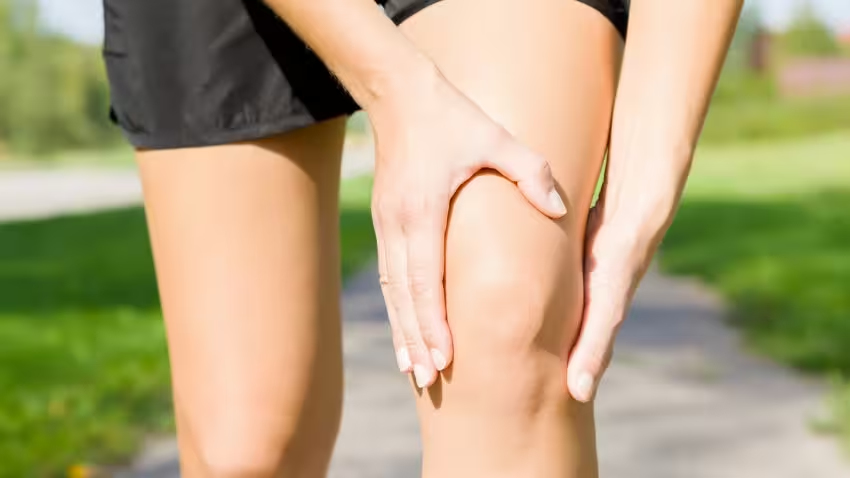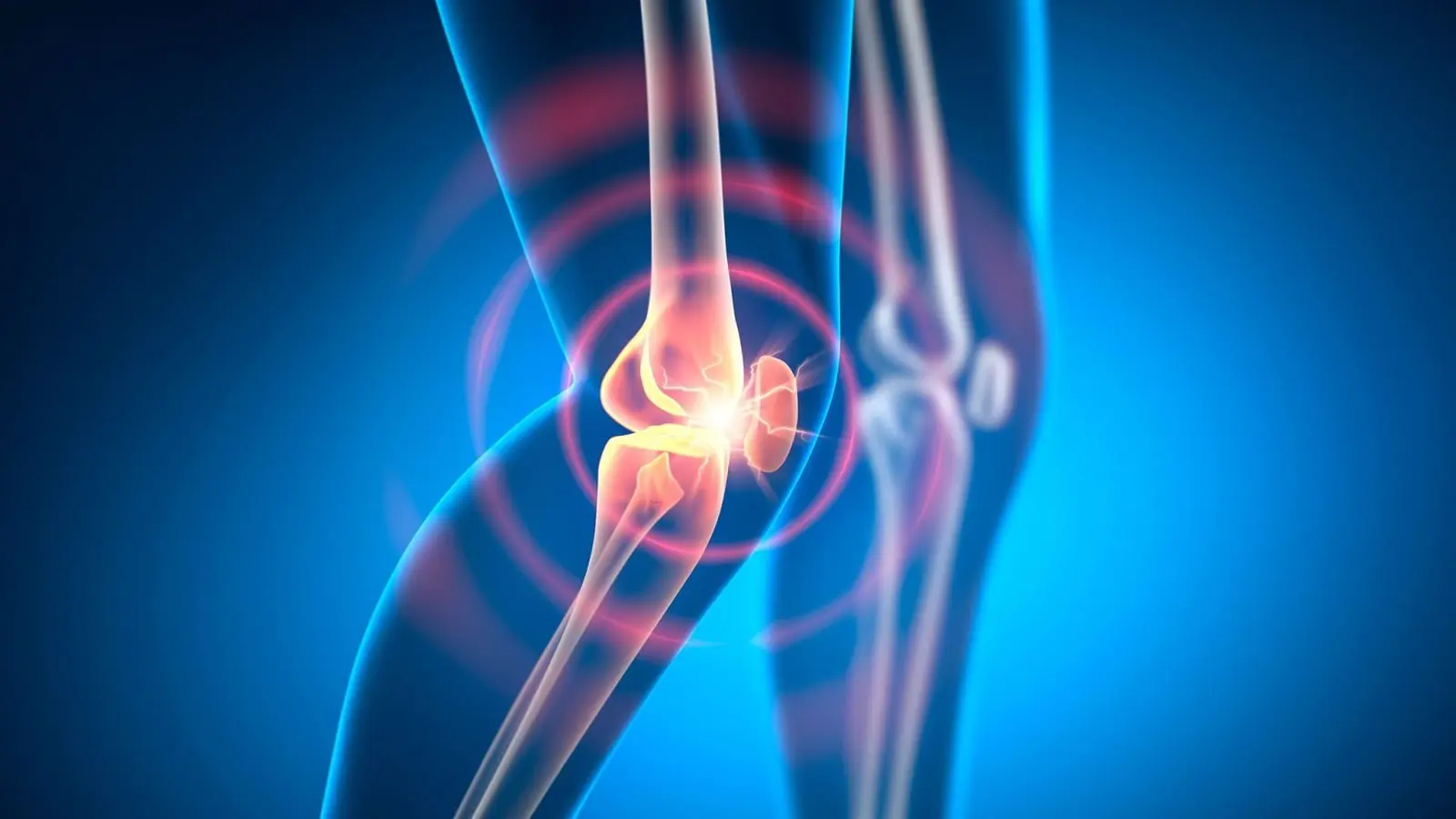5 Minutes
A new large review in The BMJ highlights aerobic activities — walking, cycling, swimming — as the most effective exercise strategy to relieve pain and restore mobility for people with knee osteoarthritis. Below you'll find what the evidence shows, how different exercise types compare, and practical takeaways for patients and clinicians.
A new BMJ study finds that aerobic exercise, such as walking, cycling, or swimming, is the most effective strategy for easing pain and improving movement in patients with knee osteoarthritis. Credit: Shutterstock
Why this matters: osteoarthritis, function, and everyday life
Osteoarthritis occurs when the cartilage that cushions bones deteriorates, producing pain, swelling, and restricted movement. The knee is one of the most commonly affected joints — nearly 30% of adults over 45 have radiographic signs of knee osteoarthritis, and about half of those report meaningful symptoms. Because osteoarthritis is progressive and common, identifying practical, low-risk interventions that improve pain and function is a public health priority.
What the review examined: scope and methods
Researchers pooled data from 217 randomized controlled trials (1990–2024) including 15,684 participants to compare six exercise categories: aerobic, strengthening, flexibility, mind-body (e.g., tai chi, yoga), neuromotor (balance and coordination), and mixed programs. They evaluated pain, physical function, gait/walking performance, and quality of life at short-term (4 weeks), mid-term (12 weeks), and long-term (24 weeks) follow-ups. Trial quality varied, so findings were graded using the GRADE system to reflect the certainty of evidence.

Aerobic exercise came out on top — but other options help too
Across outcomes and timepoints, aerobic exercise had the highest probability of being the most beneficial therapy. Moderate-certainty evidence indicated that aerobic activity reduced short- and mid-term pain, improved function across short-, mid-, and long-term follow-up, and enhanced gait performance and quality of life in the short and mid term.
Other exercise modes offered targeted benefits: mind-body routines likely produce large short-term gains in function, neuromotor training appears particularly effective at boosting short-term gait and balance, and strengthening or mixed programs probably increase function at mid-term follow-up. The practical implication is that aerobic exercise should be prioritized when the main goals are pain relief and better functional capacity, but complementary approaches add value.
Safety and study limitations to keep in mind
Importantly, no exercise intervention produced more adverse safety events than controls, supporting exercise as a low-risk therapy. Still, the authors note limitations: many comparisons were indirect, long-term data were sparse for some outcomes, and small-study effects could bias short-term results. Clinicians should interpret specific effect sizes cautiously while recognizing the overall consistency favoring aerobic programs.
How to use this evidence in practice
For most patients with knee osteoarthritis, structured aerobic activity — brisk walking, stationary cycling, or pool-based exercise — can be an accessible first-line treatment. Start gradually, individualize intensity to pain and conditioning, and combine aerobic workouts with strengthening, balance, or mind-body sessions when appropriate. If aerobic exercise is not feasible because of comorbidities or severe limitations, structured alternatives still provide meaningful benefit.
Practical tips for patients
- Begin with short, frequent sessions (10–15 minutes), progressing duration before intensity.
- Prioritize low-impact aerobic options (cycling, swimming) if knee pain spikes with walking.
- Pair aerobic work with targeted strength training for the quadriceps and hip muscles to support the knee.
- Seek supervised programs or physiotherapy when pain or mobility constraints interfere with exercise initiation.
Expert Insight
"This review synthesizes decades of trial data into a clear message: keep moving, especially with aerobic activity," says Dr. Laura Mendes, a fictional clinical rheumatologist and exercise researcher. "Aerobic exercise improves not only pain scores but real-world mobility — walking speed, balance, and independence. Clinicians should prescribe it like any other evidence-based treatment, with adaptations for each patient's needs."
Overall, the evidence supports aerobic exercise as a leading, safe, and practical intervention to reduce pain and improve function in knee osteoarthritis. Providers and patients who prioritize consistent, adaptable aerobic programs are likely to see measurable benefits in daily life.
Source: scitechdaily
Comments
roadx
Is this even true? Many trials are small, long term data sparse. Will GPs actually prescribe cycling or just meds? curious.
bioNix
Wow, didn’t expect aerobic to beat everything, walking, cycling, swimming actually help more than I thought. Nice but how long before results show?


Leave a Comment